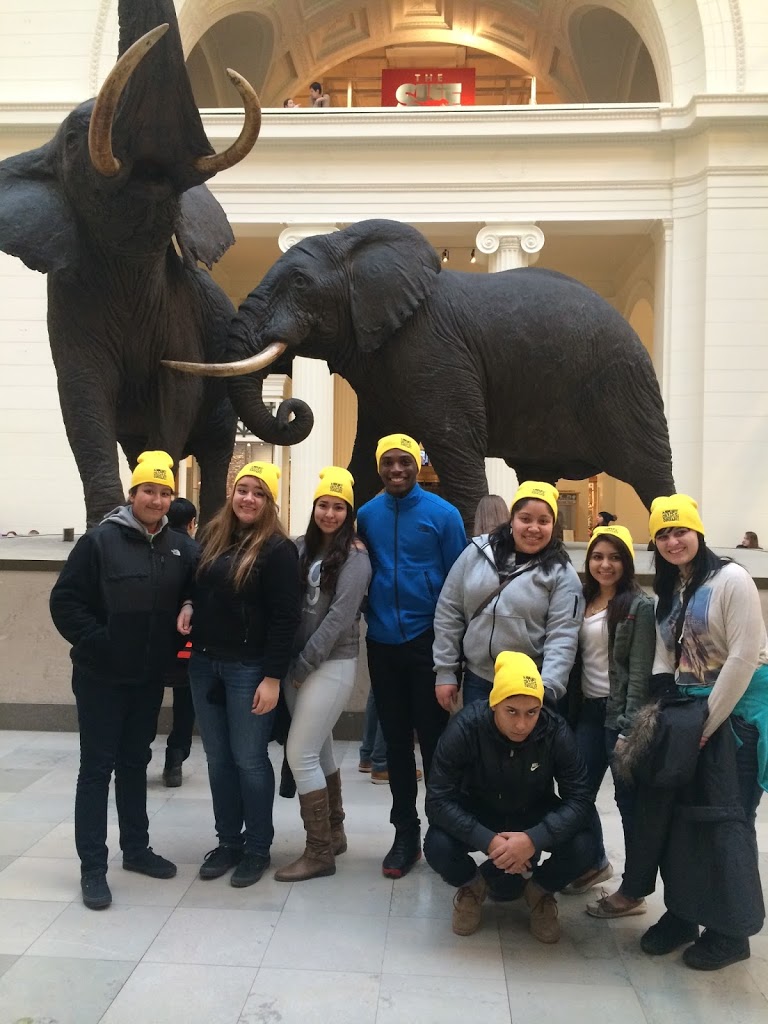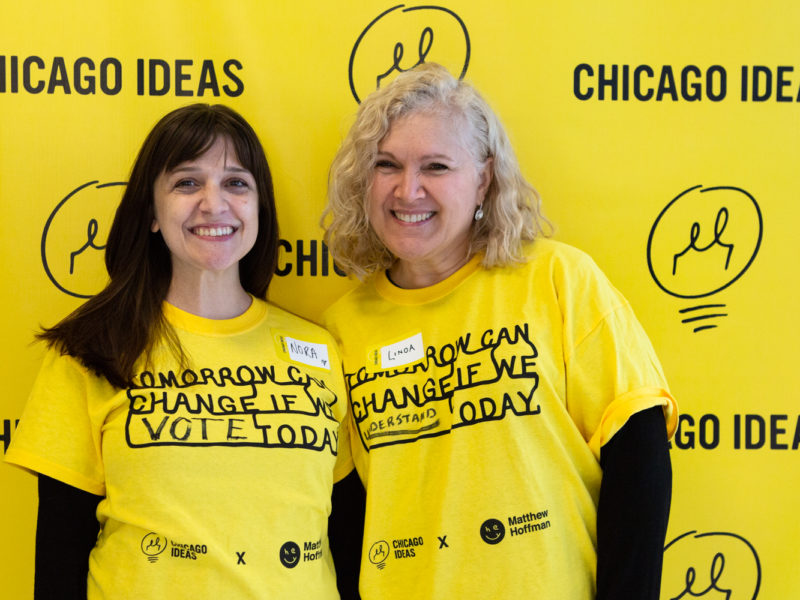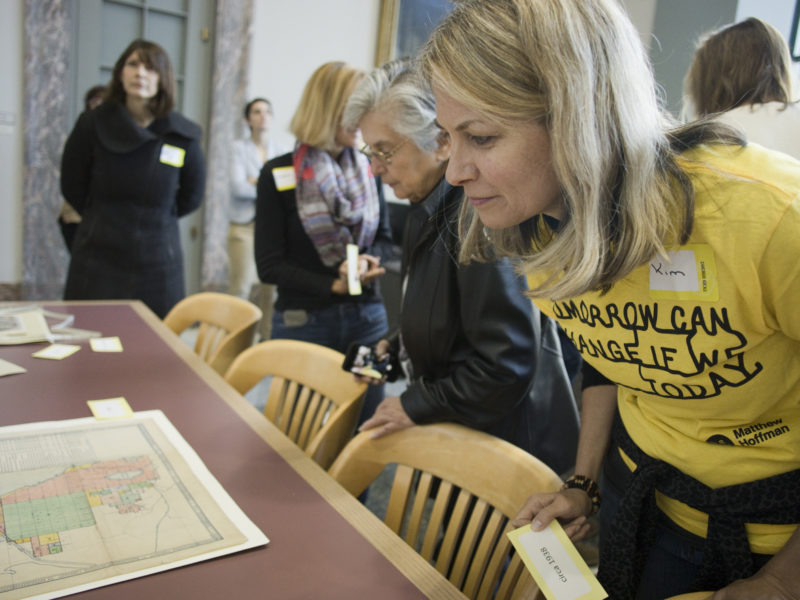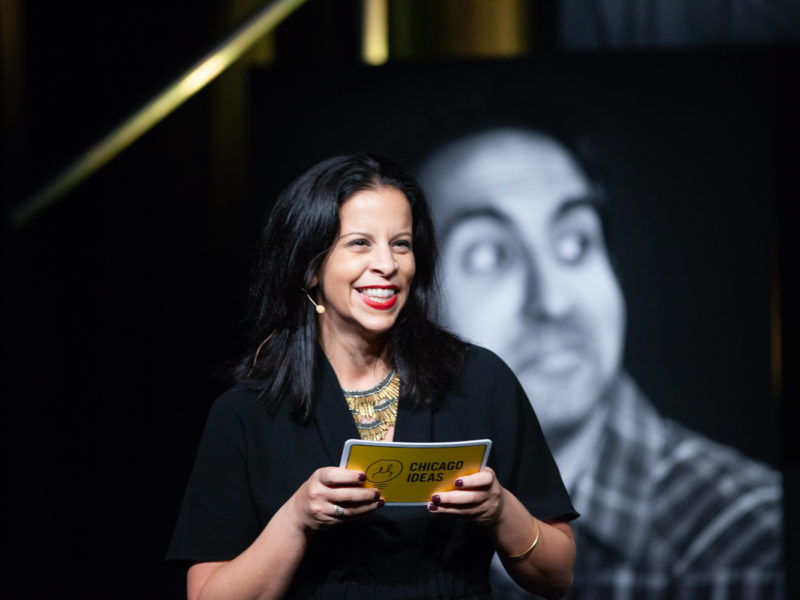
CIW YOU(th) Examine Flying Squirrels, Koala Skulls & More at Field Museum
Elephant teeth. Preserved flying squirrels. Flesh-eating beetles. On Monday, January 19, Field Museum scientist Bill Stanley introduced eight CIW YOU(th) students from One Goal and Solorio High School to what Stanley jokingly referred to as the “Home Depot” of natural science materials: the Museum’s Collection Center.
Museum scientists rely on the specimens to “figure out what makes our planet tick,” Stanley, the Collections Center director, explained, noting that 99 percent of the specimens and collections owned by the museum are housed in the Center—and not on display.
Every specimen has the potential to be the pivotal specimen in someone’s study,

CIW YOU(th) toured the Field Museum’s Stanley Hall following the behind-the-scenes tour of the Collections Center.
Stanley explained of the vast collection.
In the Ellen Thorne Smith Bird and Mammal Study Center, students examined a koala skull, learned how flesh-eating beetles clean specimens’ bones and read field notes from Theodore Roosevelt’s son, Kermit.
Behind-the-scenes tours like Monday’s fit into the Museum’s broader goal of increasing accessibility to its collections and the research its staff conducts. Chief Curiosity Correspondent Emily Graslie leverages her popular YouTube channel to spotlight museum research. The Museum’s Meet a Scientist, held every Friday, provides opportunities for the public to hear from Museum scientists first-hand. And both Stanley in Monday’s tour and Field Museum President Richard Lariviere, in a phone interview earlier this fall, underlined the importance of this research to the general public, noting that these studies of the museum collections provide a window to both “the past and present.”
“The collection is so valuable because, as technology changes, more and more evidence can be extracted,” Lariviere, a Chicago Ideas Co-op Member, said. “We know with absolute certainty that we’re sitting here preserving the answer to questions that we haven’t even thought of yet.”

CIW speaker Bill Stanley described how Museum scientists prepare specimens for research.
The behind-the-scenes tour capped off the students’ Chicago Ideas experience, which also included attendance at CIW 2014 Talks, small-group meetings with 2014 speakers and participation in CIW YOU(th) Labs. Through these types of activities, “students are able to get a better understanding of learning and why it’s joyous to learn,” Rachel Bennett, Director of Teacher Support at One Goal, said.
And what did CIW YOU(th) most enjoy learning on their tour of the museum? Lindsay Brady was fascinated by the flying squirrels, Eva Pena was thrilled to have the opportunity to handle an elephant cranium and all students were excited to see the Field Museum’s iconic Stanley Hall displays.




